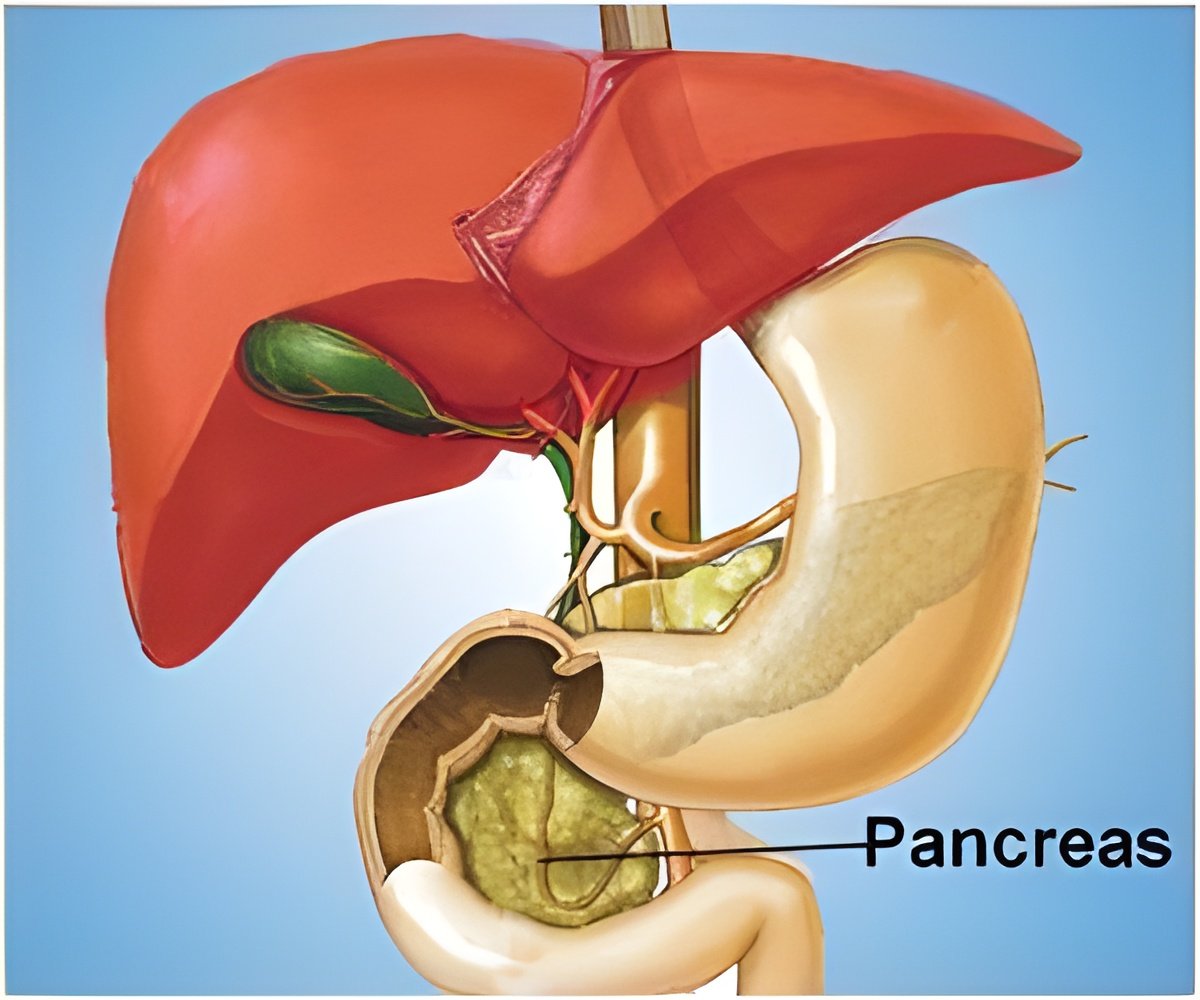
‘Intensive weight loss remission in type 2 diabetes can restore the insulin-producing capacity of the pancreas to normal levels and restore the size and shape of the pancreas. It can be potentially used to predict the onset of type 2 diabetes by scanning the pancreas.’
Read More..Tweet it Now
Previous research had revealed that remission of type 2 diabetes through weight loss could restore the insulin-producing capacity of the pancreas to normal. The new study reveals that reversing type 2 diabetes also has the same effect. Read More..
Type 2 diabetes is caused as a result of too high blood sugar level because the pancreas is not producing enough insulin along with insulin resistance.
Type 2 diabetes affects 1 in 11 of the world's adult population, and the number is steadily increasing.
People with type 2 diabetes have a pancreas that is reduced in size and abnormal in shape.
The study involved 64 participants from the landmark Diabetes Remission Clinical Trial (DiRECT) and 64 controls without type 2 diabetes.
Advertisement
People in remission were classified as achieving a glycated hemoglobin A1c (HbA1c) level of less than 6.5% and fasting blood glucose of less than 7.0 mmol/l, off all medications.
Advertisement
After 5 months of weight loss, the volume of the pancreas was unchanged irrespective of remission. However, after 2 years, the pancreas had grown on average by around one fifth in size in responders compared with around a twelfth in those who did not.
The responders also lost a significant amount of fat from their pancreas when compared with non-responders over the study period. They also achieved normal pancreas borders.
Sustained improvement in beta-cell function was seen in responders. The amount of insulin produced after 5 months of weight loss was higher in responders, and it was maintained after 2 years. However, non-responders had no change in insulin production.
The study provides proof that there is a link between main pancreatic tissue which produces digestive juices and the much smaller tissue which produces insulin.
The results of the study open possibilities to predict the onset of type 2 diabetes by scanning the pancreas.
Source-Medindia















